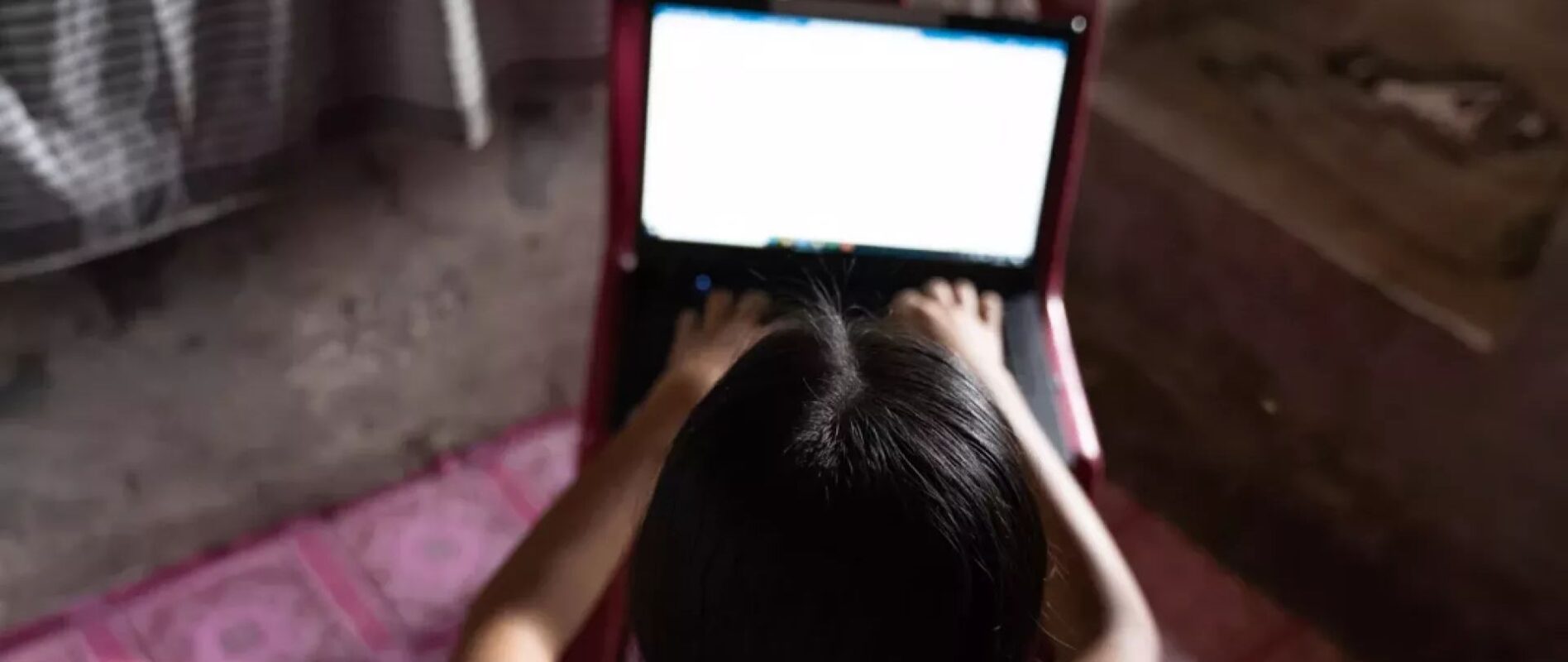DISTANCE LEARNING HIGHLIGHTS DIGITAL DIVIDE — SENATOR
SENATOR Sherwin Gatchalian on Sunday stressed the need to expand access to the internet and distribution of more gadgets for learning after a survey showed how the digital divide hounds parents and learners.
Out of 1,200 adults surveyed by Pulse Asia, 63 percent said they have a child in basic education.
The survey showed that issues related to internet connectivity and access to gadgets were among the most common concerns.
It said 43 percent of the respondents said that intermittent internet connection is a problem at home, 36 percent cited the lack of gadgets like cellphones, tablets or laptops was a problem, and 30 percent said they struggle with expensive internet fees.
While the 2019 National ICT Household Survey revealed that the National Capital Region has the highest number of households with internet access comprising of 33.2 percent, the Pulse Asia survey revealed that it is the region that suffers most from intermittent internet connection and expensive internet fees compared to the rest of the country.
The lack of gadgets is more common in the rest of Luzon, Visayas and Mindanao.
Based on the 2019 National ICT Household Survey, 82.3 percent of households nationwide do not have access to the internet.
The Bangsamoro Autonomous Region in Muslim Mindanao and Region IX have the highest number of households without internet access.
Gatchalian last year proposed the installation of cell sites in all public schools to expand internet access nationwide.
The Department of Education and the Department of Information and Communications Technology recently signed a memorandum of agreement to allow the use of public schools as common tower sites.
Gatchalian vowed to file a bill that will provide the country’s learners with a laptop and internet allowance.
“Sa gitna ng ating pagsisikap na ipagpatuloy ang edukasyon sa panahon ng pandemya, nakita natin na ang gadgets at internet ay para na ring tubig at koryente para sa ating mga mag-aaral at kanilang mga pamilya. Sa pagbangon ng sektor ng edukasyon mula sa pandemya, dapat pagsikapan natin na walang mag-aaral ang mapag-iiwanan dahil lang hindi sila konektado sa internet o kaya naman ay wala silang magamit na gadgets para sa pag-aaral,” the senator said.
As of November 27 last year, data from the Department of Education showed that more than 18.7 million out of almost 24 million learners use printed modules for distance learning.
More than 1.6 million learners attend online classes.














